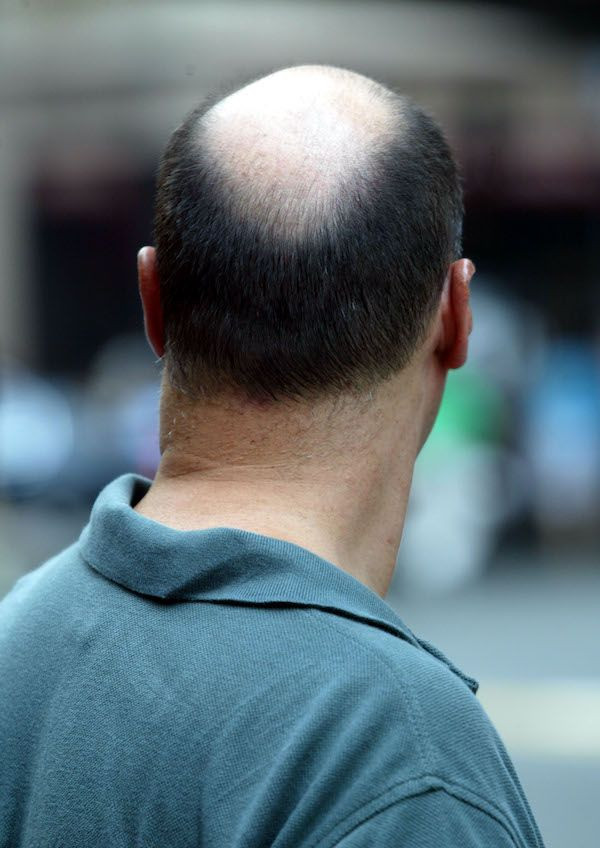Hair Loss? Goose Bumps Could Provide Solution, Scientists Find

Scientists have discovered something about goose bumps that could pave the way for a solution to hair loss.
A collaboration between researchers from Harvard University and National Taiwan University found that goose bumps plays a role in hair follicle regeneration because the nerves and muscles involved in it also stimulate stem cells in the skin to form hair follicles, Science News has learned.
Goose bumps is a phenomenon that happens when tiny arrector pili muscles contract to make hair stand on end. Interestingly, there are sympathetic nerves that nestle close to hair follicle stem cells. Such proximity enables direct contact between the nerves and the stem cells, inadvertently promoting hair growth.
Lead researcher Ya-Chieh Hsu from Harvard University’s Stem Cell and Regenerative Biology Department and her team discovered that the nerves involved in goose bumps are not like other nerves. For one thing, their ends are not wrapped in a protective coating called myelin. Their ends are therefore naked like wires stripped at the tips, making it possible for them to directly contact hair follicle stem cells.
The sympathetic nerves adjacent to hair follicles secrete norepinephrine, a hormone that directly stimulates adrenergic receptors to produce bodily reactions like increasing heart rate and blood pressure and releasing glucose from the body’s energy reserves.
In their study, Hsu’s team learned that norepinephrine is necessary for hair growth. The discovery helps explain why drugs known as beta-blockers that are used in increasing cardiac action typically lead to hair loss. They apparently prohibit norepinephrine’s action.
For now, the practical application of goose bumps as a promoter of hair growth is seen in animals. Those who are in cold places could grow thicker fur when they experience goose bumps. Hsu noted, however, that men with male pattern baldness could also benefit from goose bumps.
People with androgenic alopecia lack arrector pili muscles in their scalp. Hsu said that such people could enjoy new hair growth if the nerves and muscles involved in goose bumps are restored.
Hsu presented her team’s findings on Dec. 9 at the joint meeting of the American Society for Cell Biology and the European Molecular Biology Organization at the San Diego Convention Center, which runs from Dec. 8-12.
Their study, titled “Beyond Goosebumps: Interactions between the hair follicle, the arrector pili muscle, and the sympathetic nerve during development and hair follicle regeneration,” is now published as part of a compilation of the presentations at the meeting.
© Copyright IBTimes 2024. All rights reserved.





















